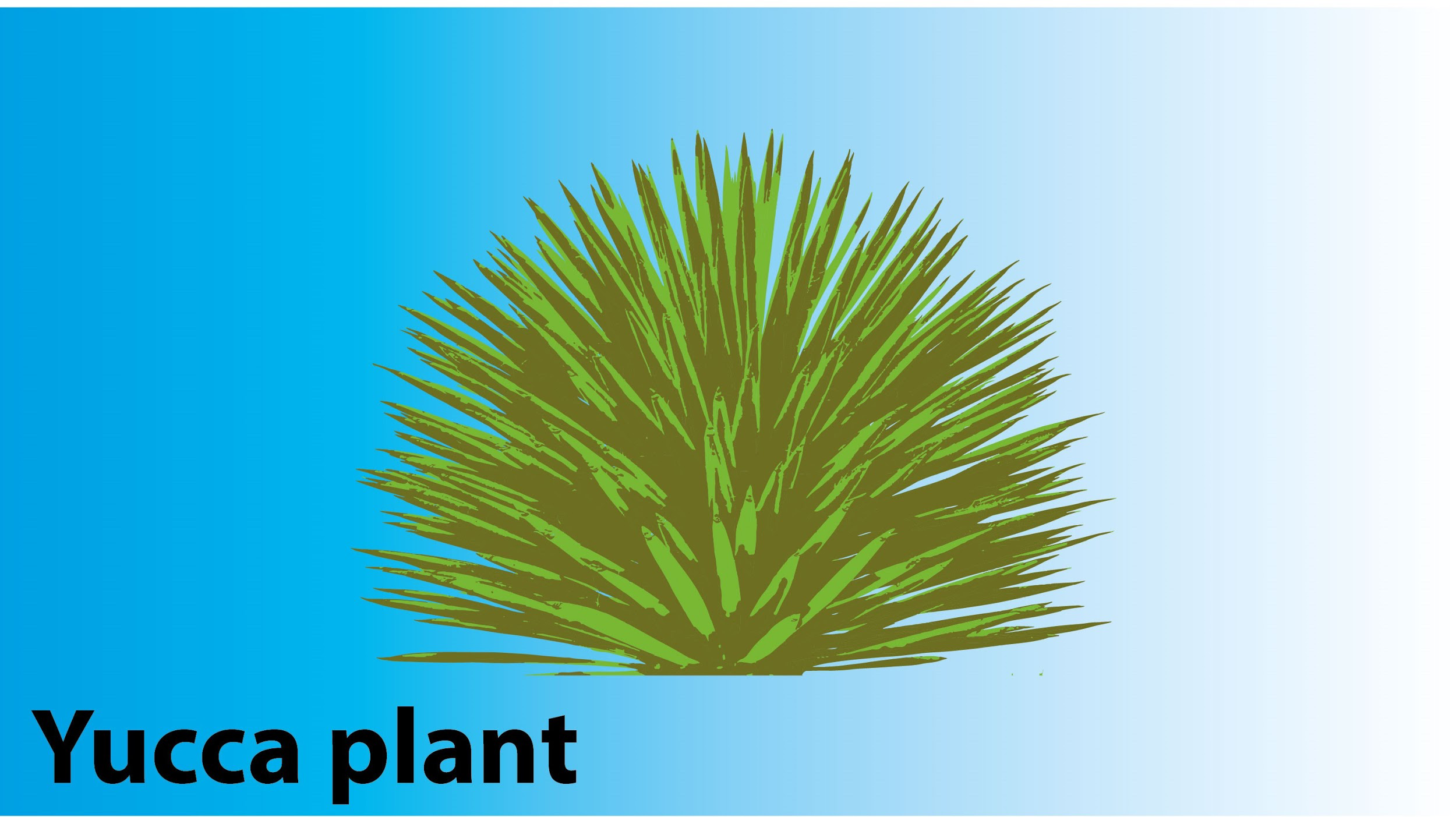
An example of monocots showing secondary growth in the stem is
(a)Lilium
(b)Cocos
(c)Asparagus
(d)Yucca
Answer
578.7k+ views
Hint: An exceptional group of monocotyledons having a cambial ring to produce secondary growth. It is the only plant among a few monocots that have the characteristic feature of developing secondary growth like dicots.
Complete answer:
Yucca is a perennial shrub and trees belonging to the family Asparagaceae. It is a monocot showing secondary growth in their stem. Their characteristic feature is the presence of a rosette of tough, evergreen leaves.
Additional Information:
-The family has around 40-50 species.
-Each species has an evergreen, sword-shaped rosette of leaves with white flowers arranged in large terminal panicles.
-These plants are generally found in hot and dry regions of America and the Caribbean.
-They are found in varieties of climatic conditions like from deserts to prairies and grasslands, mountains to coastal sands, etc.
-Yucca shows a specialized type of pollination called a mutualistic pollination system.
-In this pollination, both the plant and the insect (pollinator) get the benefit.
-The pollinator takes pollen from one plant to the stigma of another while the plant gives the insect a place to lay eggs and nourishment.
-They have ornamental importance and are also used as edible food.

So, the correct answer is ‘Yucca’.
Note: The secondary growth arises due to the cellular division of cambium and meristems. It causes stems and roots to thicken. It mostly occurs in dicot plants but absent in monocot plants except for Yucca and Dracaena and some storage roots like that of sweet potato, beetroots, etc. Dracaena belongs to the family Asparagaceae. It is a succulent shrub whose name is derived from the Greek word drakaina, meaning ‘female dragon’. The secondary thickening in their stem is called dracaenoid thickening.
Complete answer:
Yucca is a perennial shrub and trees belonging to the family Asparagaceae. It is a monocot showing secondary growth in their stem. Their characteristic feature is the presence of a rosette of tough, evergreen leaves.
Additional Information:
-The family has around 40-50 species.
-Each species has an evergreen, sword-shaped rosette of leaves with white flowers arranged in large terminal panicles.
-These plants are generally found in hot and dry regions of America and the Caribbean.
-They are found in varieties of climatic conditions like from deserts to prairies and grasslands, mountains to coastal sands, etc.
-Yucca shows a specialized type of pollination called a mutualistic pollination system.
-In this pollination, both the plant and the insect (pollinator) get the benefit.
-The pollinator takes pollen from one plant to the stigma of another while the plant gives the insect a place to lay eggs and nourishment.
-They have ornamental importance and are also used as edible food.

So, the correct answer is ‘Yucca’.
Note: The secondary growth arises due to the cellular division of cambium and meristems. It causes stems and roots to thicken. It mostly occurs in dicot plants but absent in monocot plants except for Yucca and Dracaena and some storage roots like that of sweet potato, beetroots, etc. Dracaena belongs to the family Asparagaceae. It is a succulent shrub whose name is derived from the Greek word drakaina, meaning ‘female dragon’. The secondary thickening in their stem is called dracaenoid thickening.
Recently Updated Pages
Master Class 11 Chemistry: Engaging Questions & Answers for Success

Why are manures considered better than fertilizers class 11 biology CBSE

Find the coordinates of the midpoint of the line segment class 11 maths CBSE

Distinguish between static friction limiting friction class 11 physics CBSE

The Chairman of the constituent Assembly was A Jawaharlal class 11 social science CBSE

The first National Commission on Labour NCL submitted class 11 social science CBSE

Trending doubts
What is meant by exothermic and endothermic reactions class 11 chemistry CBSE

10 examples of friction in our daily life

One Metric ton is equal to kg A 10000 B 1000 C 100 class 11 physics CBSE

Difference Between Prokaryotic Cells and Eukaryotic Cells

What are Quantum numbers Explain the quantum number class 11 chemistry CBSE

1 Quintal is equal to a 110 kg b 10 kg c 100kg d 1000 class 11 physics CBSE




